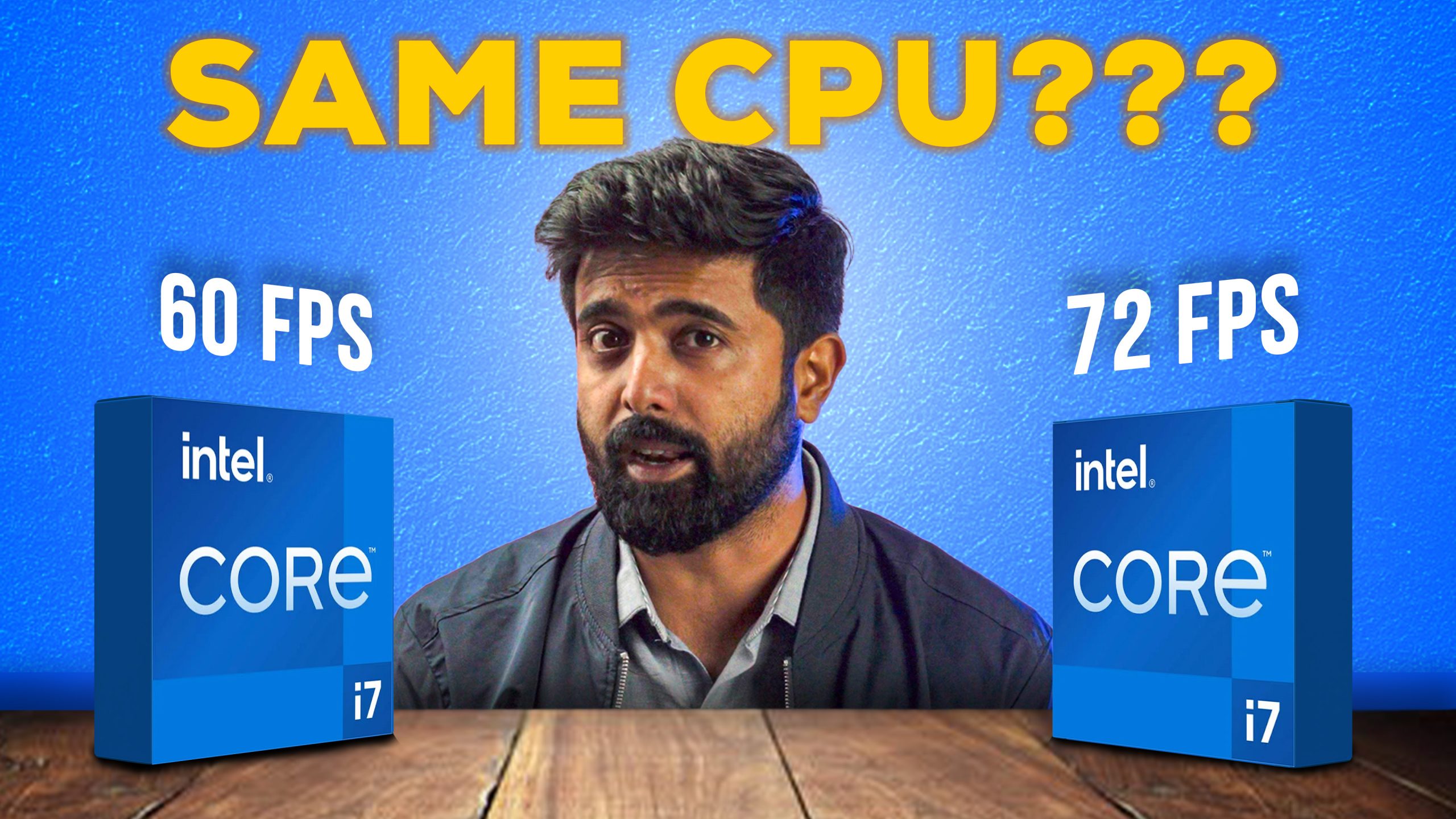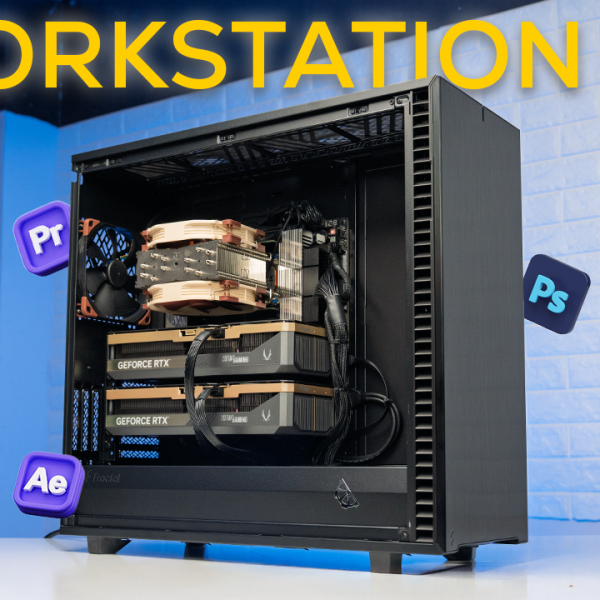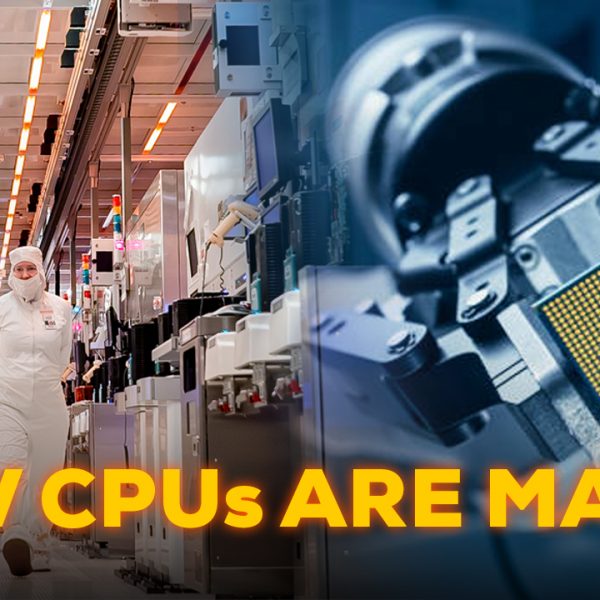Ever wondered how two identical processors like the Intel Core i7-14700 can produce very different benchmark results? You might see one running smooth at 120 FPS while another struggles at 60 FPS — even though both are labeled the same. Let’s dive into the fascinating world behind CPU manufacturing and performance variation.
How CPUs Are Made
It all starts with sand, specifically silicon-rich sand known as SiO₂ (Silicon Dioxide). Here’s how it turns into the brain of your computer:
- Melting & Ingot Formation: Silicon is purified and melted to form large cylindrical ingots.
- Wafer Slicing & Polishing: These ingots are sliced into ultra-thin wafers and polished to perfection.
- Photolithography: UV light is used to etch microscopic circuitry onto the wafers through stencils
- Transistor Etching: Billions of transistors are etched into the silicon at nanometer scale.
To put this into perspective — a single transistor is thousands of times smaller than a strand of human hair.
No Two CPUs Are Exactly the Same
Even with the most advanced manufacturing, slight imperfections and inconsistencies are inevitable. At the nanometer scale, small variations can lead to significant differences in power efficiency, thermals, and clock speeds — even between processors with the same model name.
Performance Differences in Identical CPUs
Let’s look at the i7-14700K as an example:
- Base Clock Speed: 5.6 GHz
- Some Overclock to: 6.2 GHz
- Others Struggle at: 5.8 GHz
So why the difference?
It’s a combination of:
- Manufacturing variation
- Motherboard quality
- Cooling solution
And most importantly… the silicon lottery
Some chips just perform better out of the box. They’re more stable, consume less power, and can be pushed further with overclocking.
Enter Binning: The Secret Sorting Process
CPU manufacturers don’t throw away chips that don’t perform as well. Instead, they sort them through a process called binning:
Intel’s CPU Binning Breakdown:
- K-Series (e.g., i7-14700K): Best performers, unlocked for overclocking.
- Non-K (e.g., i7-14700): Meet performance standards but have limited overclocking headroom.
- F-Series (e.g., i7-14700F): Have disabled integrated GPUs.
- T-Series (e.g., i7-14700T): Low-power chips ideal for compact systems like NUCs.
Sometimes chips with faulty cores are repurposed and sold as i5s after disabling the defective parts.
Essentially, the i7-14700K is the best of the batch, while the 14700T is the most efficient but least powerful.
AMD Does It Too (But Slightly Differently)
AMD follows a similar binning process, but with a twist: most AMD chips are unlocked by default, regardless of suffix. This gives enthusiasts more room to tweak — though the silicon lottery still applies.
What About GPUs?
The same variation happens with graphics cards too. Ever noticed MSI offering 15 different versions of the same RTX 5060?
Here’s why:
- Clock Speed Differences: Some are factory overclocked, others run stock.
- Cooling Systems: Bigger coolers = better thermals.
- Aesthetic Variants: Gamers love customizing, so different designs and RGB setups matter.
- Power Efficiency: Higher-end cards may achieve better performance at lower voltages.
Should You Be Worried?
For most people, you shouldn’t worry at all.
Every processor — regardless of its bin — is rigorously tested to meet strict standards. The performance differences are usually marginal unless you’re doing extreme overclocking.
But if you’re one of those people pushing your chip to the edge — well, good luck with the silicon lottery!
Why Binning Exists
The whole point of binning is to optimize manufacturing output:
- Chips that perform exceptionally are sold as high-end models.
- Weaker chips are rebranded for budget or low-power use.
- Nothing is wasted — which helps reduce costs and improve efficiency.
Conclusion
Still confused by all the options? We’re here to help you choose the best processor or graphics card for your specific use case — whether you’re gaming, editing, or building a home server.
Until next time — cheers!






